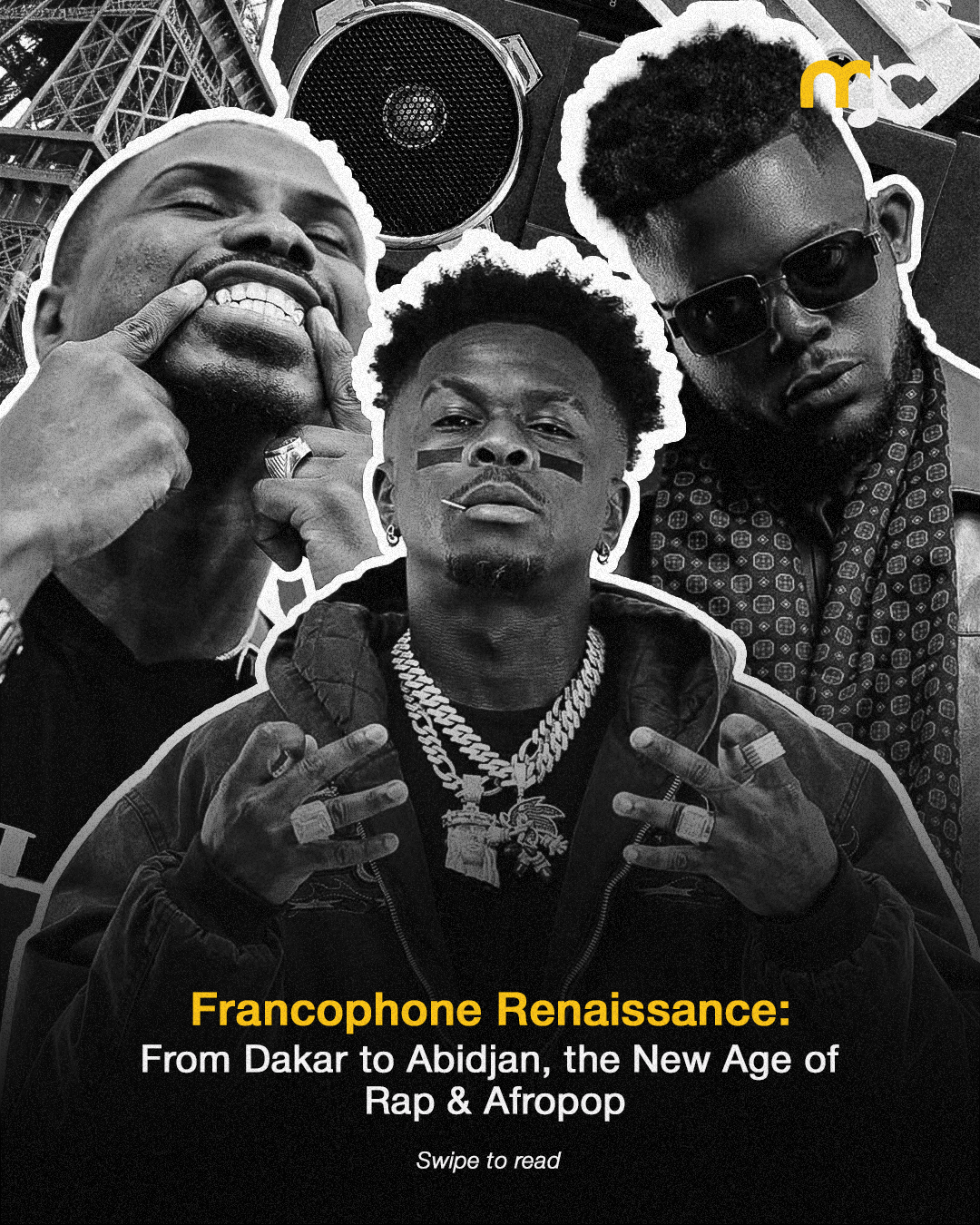In 1802, a distraught Ludwig van Beethoven penned a letter confessing a secret that would have destroyed most musicians — he was going deaf. Yet, in the years that followed, he composed some of the most transcendent music ever written, including his iconic Ninth Symphony.
What’s astonishing isn’t just his perseverance, but how he did it. Beethoven’s story remains a symbol of resilience — and today, thanks to technology, artists with hearing impairments no longer have to battle in silence.
Beethoven’s Silent Symphony
By his mid-40s, Beethoven was almost completely deaf. He couldn’t hear the applause that greeted his greatest works. But instead of surrendering, he turned inward.
He relied on something he called “inner hearing”, the ability to imagine music in his mind with such vivid detail that he didn’t need to hear it physically. He also adapted creatively, placing a wooden rod between his piano and his jaw so that he could feel vibrations through bone conduction.
In essence, Beethoven hacked the limits of his body. He composed not through sound, but through touch, vision, and memory — anticipating, by two centuries, the technologies now empowering a new generation of artists.
The New Language of Listening
Today, innovation has caught up with Beethoven’s imagination. Engineers, neuroscientists, and musicians are developing tools that allow people with hearing impairments to feel, see, and even map sound in entirely new ways.
1. Bone-Conduction Headphones
These devices transmit sound through the skull directly to the inner ear, bypassing the eardrum. It’s the same principle Beethoven discovered intuitively — only now refined into sleek, wireless gear used by performers and producers alike.
2. Haptic Music Wearables
Companies like SubPac, Woojer, and Music: Not Impossible have created tactile systems that translate music into physical sensations. Users “wear” the music — feeling rhythm and bass as patterns across their torso, arms, or back.
At concerts, these systems are bringing sound to audiences who might never have “heard” music in the conventional sense, turning performances into shared multisensory experiences.
3. Visual Music Software
Advanced spectrograms, waveform analyzers, and VR visualizers now let artists literally see sound. These tools convert frequency and rhythm into colors, shapes, and motion, allowing deaf producers to fine-tune tracks visually with astonishing accuracy.
4. AI and Accessibility in Production
AI-driven hearing aids and cochlear implants now auto-adjust to musical environments, preserving tone and clarity. Meanwhile, digital audio workstations (DAWs) like Ableton Live or Reaper include accessibility features such as real-time visual meters and vibration cues, helping creators work independently.
The New Maestros of Silence




Beethoven’s successors are everywhere, not in symphony halls, but on global stages and streaming platforms.
- Evelyn Glennie, a world-renowned deaf percussionist, performs barefoot to feel sound through the floor, proving that music can be experienced through the body, not just the ear.
- Mandy Harvey, who lost her hearing at 18, retrained herself to sing using muscle memory and pitch visualization. Her songs have inspired millions.
- Sean Forbes and Warren “Wawa” Snipe, deaf hip-hop pioneers, are reinventing rhythm through visual language, bass vibration, and signed rap.
- Even artists with partial hearing loss, like Chris Martin of Coldplay, are championing safer, more accessible sound environments for both fans and performers.
Each of them echoes Beethoven’s spirit, redefining what it means to listen.
From Hearing to Feeling
In a world driven by screens and soundwaves, the boundary between hearing and feeling music is blurring. For some, technology has become a bridge to sound; for others, it’s a canvas for new kinds of musical expression.
The future of music isn’t about what we can hear, it’s about how we can experience it.
And in that sense, Beethoven was never truly deaf. He was simply listening ahead of his time.




